KHEN SHISH
☰
☰
x
- ← LUCKY CHAMELEON
- Drorit Gur Arie
- 2021
“But she always had enough serenity to know that they were not memories of love or repentance, but the image of a sorrow that left a trail of tears on her cheeks,” writes Gabriel García Márquez in describing the love story of Florentino Ariza and Fermina Daza, one of the greatest and most intricately woven love stories in world literature.
Chen Shish’s works transport me back to Márquez and to the hypnotic opening sentence of Love in the Time of Cholera. To the scent of bitter almonds reminiscent of the fate of unrequited love. Something about this stormy Colombian epic – composed of numerous entangled stories and emotions – seems to resonate with Shish’s immediate, direct works on paper and the birds nesting in them, the twisted hearts, the crimson threads proffered for good luck and blessings. Or perhaps it’s the tearing blue eyes running into the monochromatic black, white, gray and reddish palette, punctuated by stains of gold. Shish’s lines resemble a stroke of lightening. The patches of color are crude, saturated and dark. Each image appears as a moment of chaos, disclosing emotional and symbolic themes that were melded together as Shish created her action painting with painterly gestures emanating from the entire body, in proximity to what life brings forth. A series of instants that give rise to lines and patches of color, drips, emotions, a flash of awareness.
In some instances, Márquez’ saturated epic seems to allude to the conversations I held with Shish about mysticism, and about how systems of arcane knowledge provide her with an answer to the heart’s needs and desires. “My mother,” Shish told me, “the heart of the family, who always understood the human soul, would leave early in the morning to see the neighborhood Kabbalist out of concern for her children, and in order to seek solace for every pain and difficulty.” On one of those occasions, when she herself was experiencing heartache, Shish recounts, she was taken to that same sage in Safed, her native city. He “wrote whatever he wrote in an undecipherable language,” asked her to kiss the page, and then wrapped it in cloth and carefully sewed it by hand. “I held the cloth bag, which was a brownish burgundy color, and was told to put it under my pillow in hope of a new, unbroken heart.” This same Kabbalist, who would carefully bathe in the Mikveh, or ritual bath, prior to engaging with the realm of arcane knowledge, became etched in her memory; later on, she herself adopted her own purification ritual prior to her daily engagement with painting, preparing herself for what was to come.
Ceremonies and rituals are not unfamiliar to Shish. Her work vacillates between representation and abstraction, as she creates images with rapid bodily gestures, forming automatic drawings, applying touches of color with the palm of her hand, with fingers pressing the tube of paint directly onto the support, or with brushes that move as if by means of magic. It is often difficult to follow the formation of the drawing. Images cover up previous images, letters are written and erased, the sheets of paper may change from one studio visit to the next. A line that existed just a moment ago is transformed in the blink of an eye into a patch of color, an eye, a flower, a heart, an insect, a leaf or a tree, and then moves on, wandering to some other location on the surface. Intuition is what directs these scribbles and forms, which writhe and breathe on the support. “I don’t search for images,” says Shish. “The patch of color is the continuation of numerous lines in the world, which come together to form one form of harmony or another. And sometimes things are just what they are: a patch of paint, like a hole in the paper, which one must take care not to be swallowed into.” (1)
The ideograms and charge of testimonies supporting Shish’s painterly action are motivated by the power of femininity and by her personal experiences. Fantasy and pain, passion or its absence, all give rise, among the numerous lines and stains, to tears, artificial eyes, flowers, the letters of her name, the letters of her daughter’s name Tamar, and blessings for good health. If something goes wrong in the emotional sphere, the hearts droop like shot stems, and red X marks seal the space of speech and desire.
In the past, Shish created Rorschach inkblots by spilling paint or ink on one half the sheet of paper, and then folding it so that the two parts of the paper sought to unite and form a heart, face ,flower, leaf or animal. As the poet Shimon Adaf wrote in reference to her Rorschach inkblots, “We opened our eyes to hovering patches of color, read in them our own neediness . . . they were our mirrors . . . from the undeciphered economy of a blooming consciousness, of an emotional tangle, with the arrangements of the notes.” (2)
In “Lucky Chameleon,” Shish recedes into a world of spiritual signs and symbols by engaging in a dialectic of concealing and effacing, of spirituality and materiality. The exhibition, whose title she chose herself, features variously sized drawings in ink, acrylic and gold leaf on paper, collages on paper and screens, sculpted masks on clay molds – heads with exposed teeth that seem to have come directly from some ancient ritual, and ceramic plates resembling figurines, which are decorated with various powders and gold-foil chocolate wrappings.
The affinity of these works with the realm of magic calls to mind the preparation of talismans, which requires a special form of spiritual and ritual intentionality. Knowledge concerning their preparation is passed over the generations from a mother to her children, or is preserved by highly spiritual men with knowledge of the verbal schemas pertaining to ancient magic, both Jewish and other. In modern and contemporary art, this knowledge is given visual expression in abstract forms that rely, among other things, on esoteric rituals and symbols and mystical religious schools such as spiritualism, Taoism and the Kabbalah. (3)
Shish’s works share an affinity with these spheres. Such is the case, for instance, in her “drinking mirrors”, (4) which share an affiliation with the sacred spaces partaking of her heritage, as well as in the vibrations, the sacred geometry, and the numerous cosmic images that she employs. Shish usually positions the image at the center of the paper, as in the case of talismans, so that it expands upwards, downwards and to the sides, accompanied by combinations of letters, texts, black and red lines of energy, bits of golden glitter, Stars of David, spirals (as fertility symbols), hamsas and protective mandalas that surround pairs of images. To these elements Shish adds leaves of sage or myrtle, and sometimes also an exotic bird or insect, such as the Ouroboros chameleon that crawls along a large-scale work on paper featured in the exhibition, ensuring plenitude and promising happiness.
The composition is surrounded by patches of all-seeing eyes and framed with golden lines, like a sacred envelope. Shish often bisects her images, creating tension between two parts seeking to become one. This strategy can be viewed as echoing the tension inherent to the Kabbalist Tree of Spheres, in which the male principle of wisdom (Hochma) counters the female one (Bina). In Shish’s tree, the roots dig into the paper, nourishing the leaves with fruit made of golden foil, and moving like currents of energy through a series of abstract black-and-red works on paper. They move up and down, spreading left and right as if undergoing a spiritual process of growth. One of the names that Shish contemplated as a possible exhibition title was “Because of You the Blessing Has Come.” At this moment of time, as the world seems to have been thrown into a state of disarray, Shish’s talismans offer a modest form of solace, with no evil eye.
In conversation with Hagit Peleg Rotem, Portfolio, December 17, 2019.
Shimon Adaf, in Khen Shish – Mirrors, exh. cat. (The Israel Museum, 2020).
A comprehensive traveling exhibition about visual art and mysticism was featured in the United States and Europe in 1987. See The Spiritual in Art: Abstract Painting 1890–1985, Los Angeles County Museum of Art (Abbeville Press Publishers, New York, London, Paris, 1987).
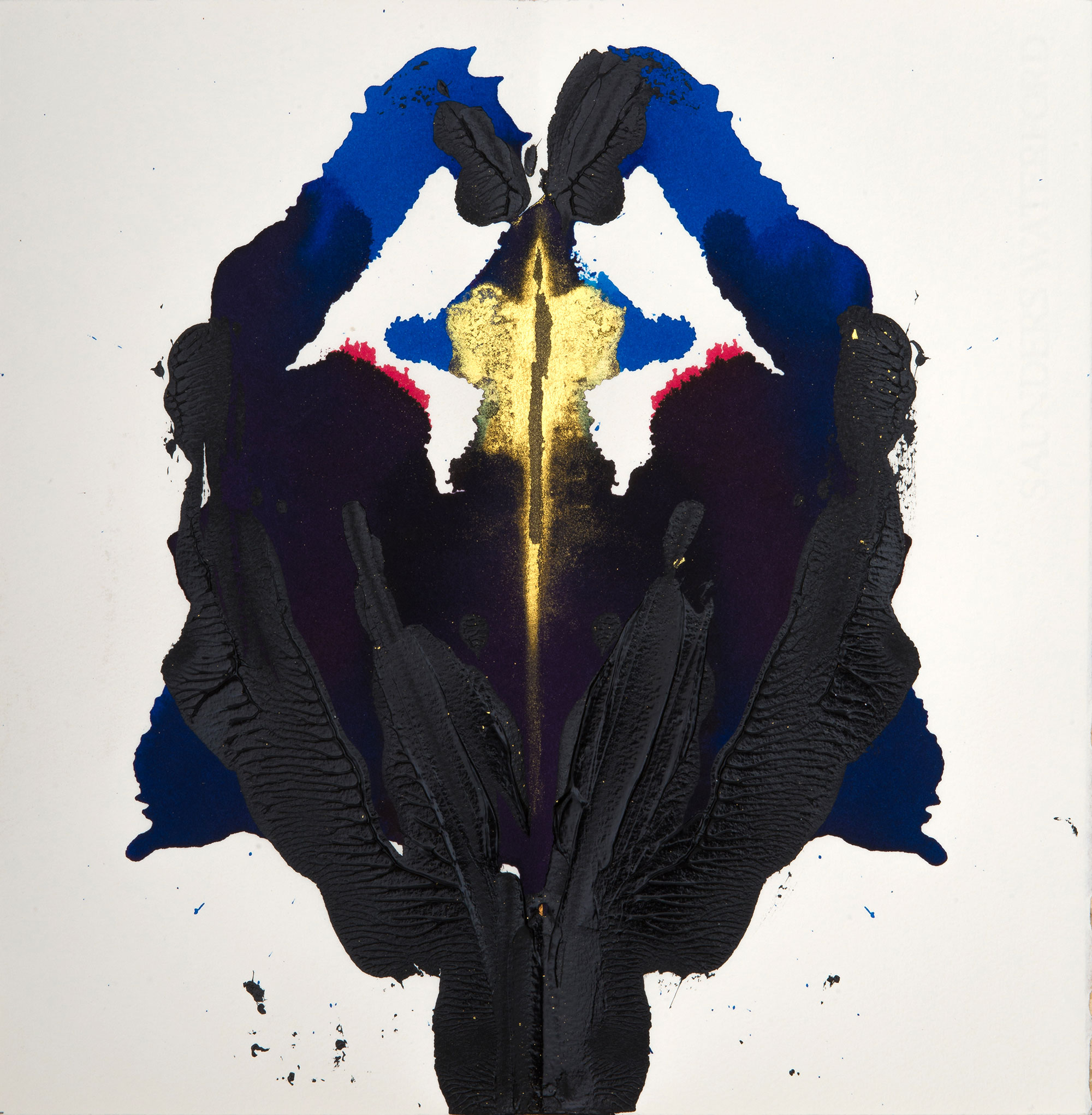
From the series Looking for a Beautiful Heart, 2019, ink and goldleaf on paper, approx. 30x30
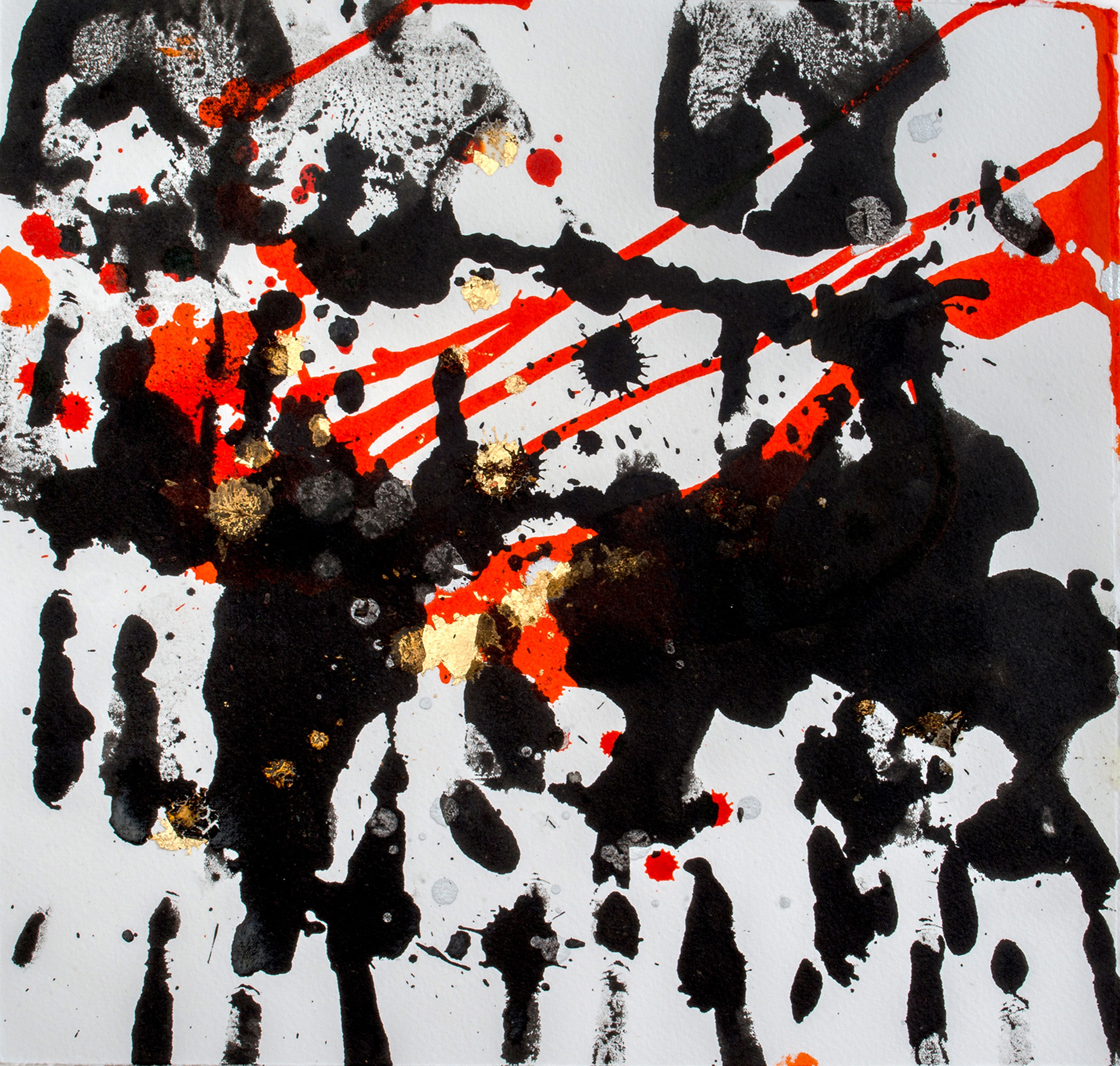
Waking Up, 2021, ink and goldleaf on paper, 25x25
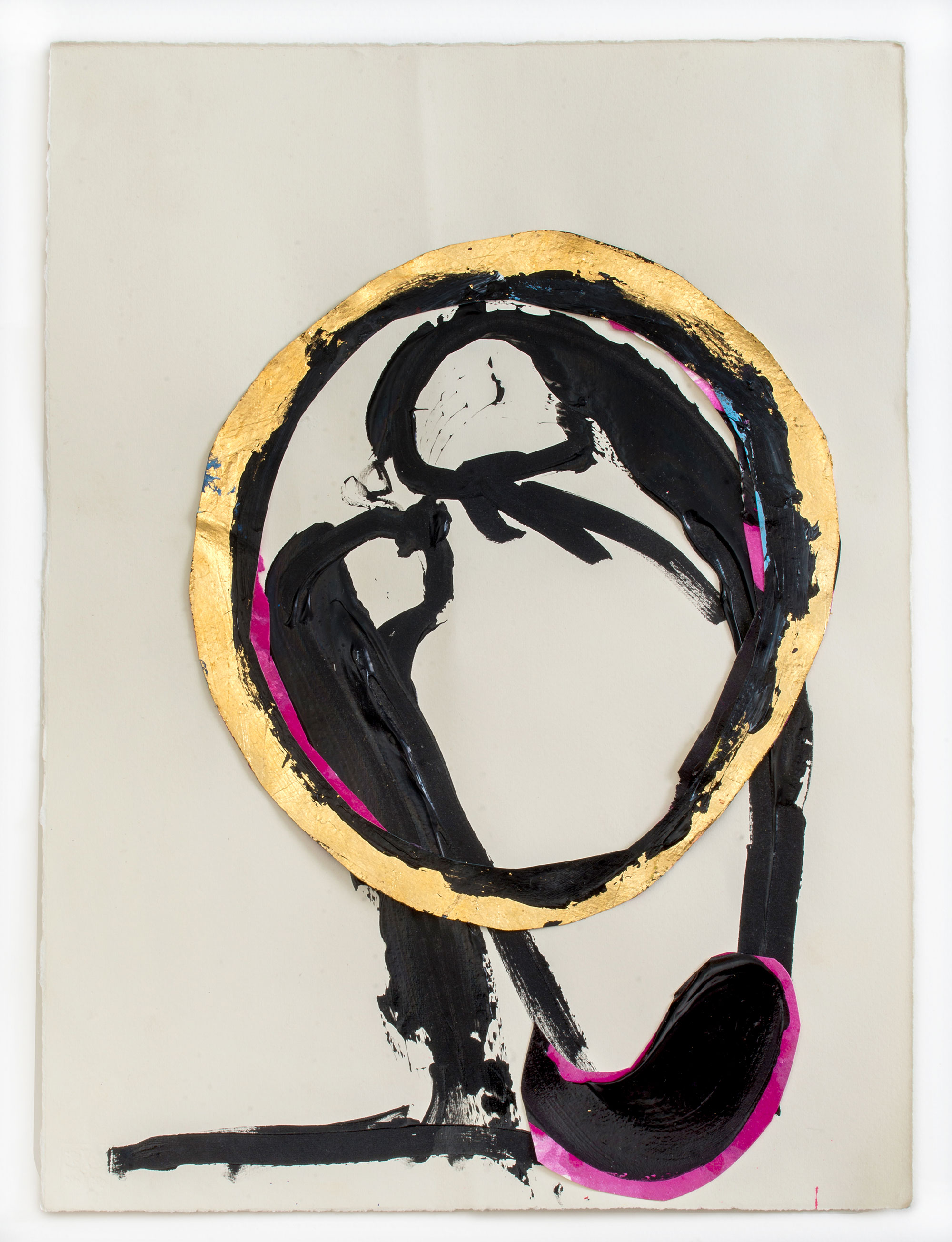
My Talisman, 2021, ink and goldleaf on paper, 42x32
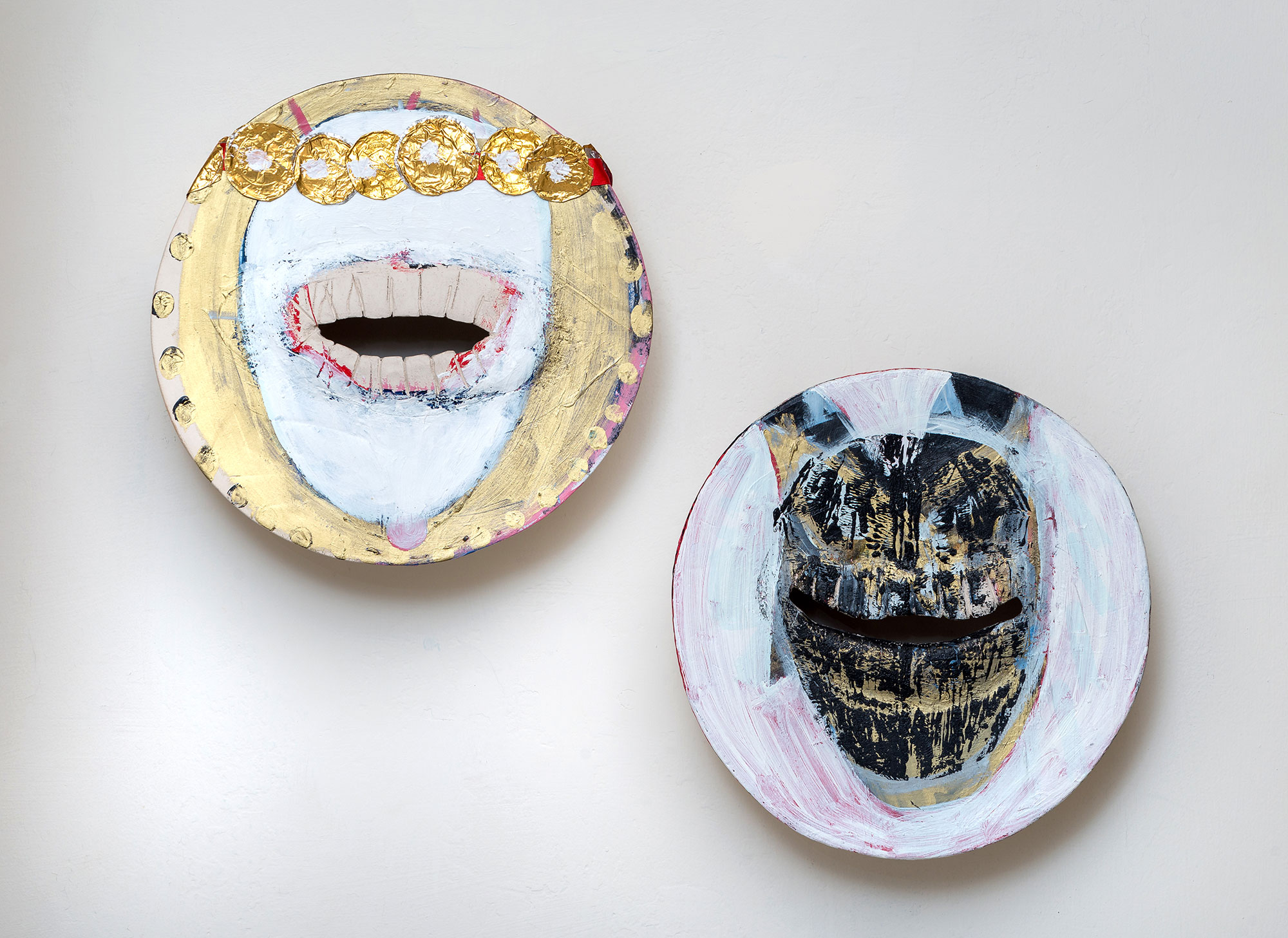
Masks Installation (detail) 2016, acrylic and aluminum foil cover of chocolate coins on clay, 35×35×10
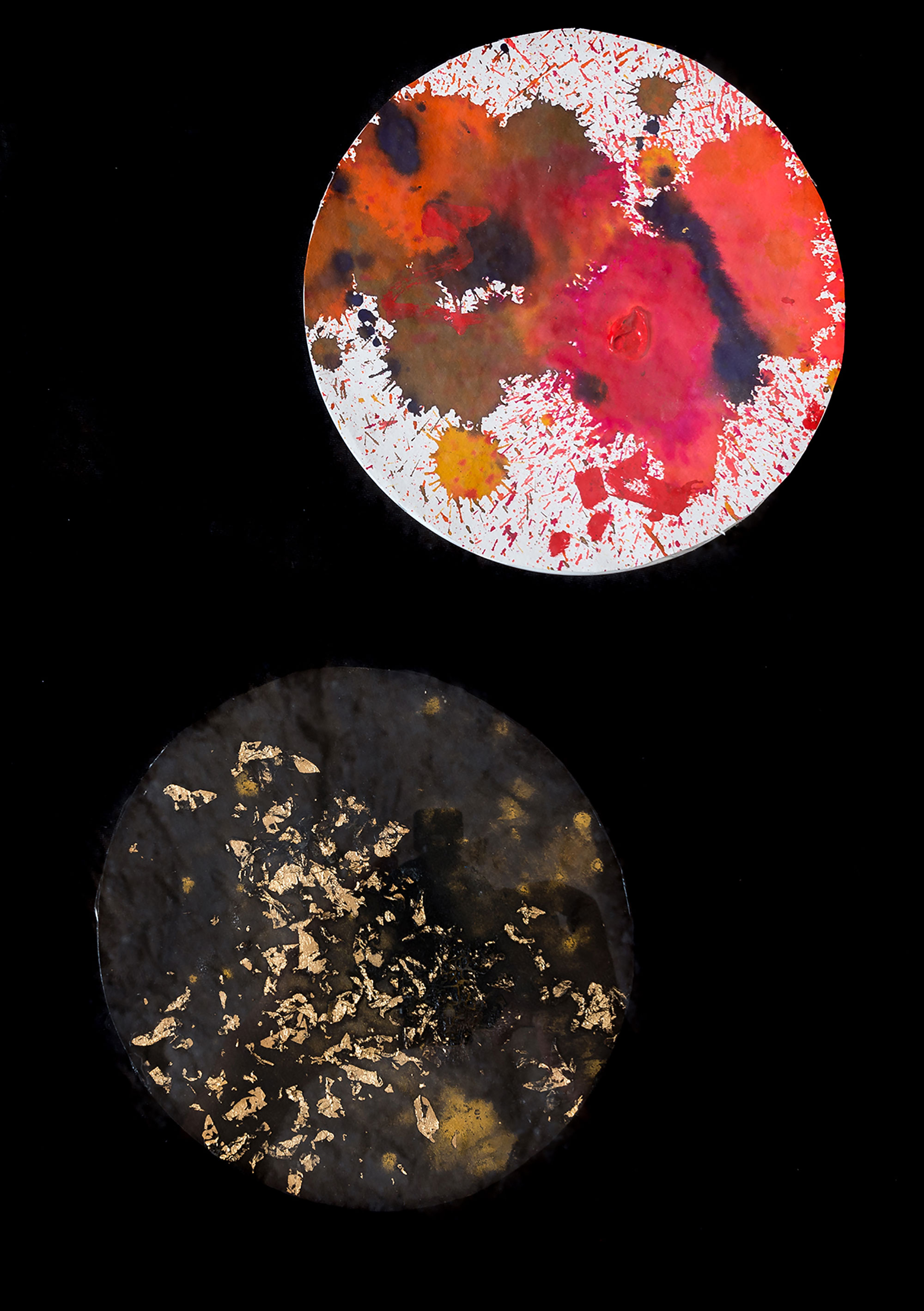
Stars at night, 2021, Ink and gold leaf on paper, 20 cm diameter
I got lost in the abstract, 2021, ink on paper, 20 cm diameter

Lucky Chameleon, 2021, acrylic and gold leaf on paper, 140x450